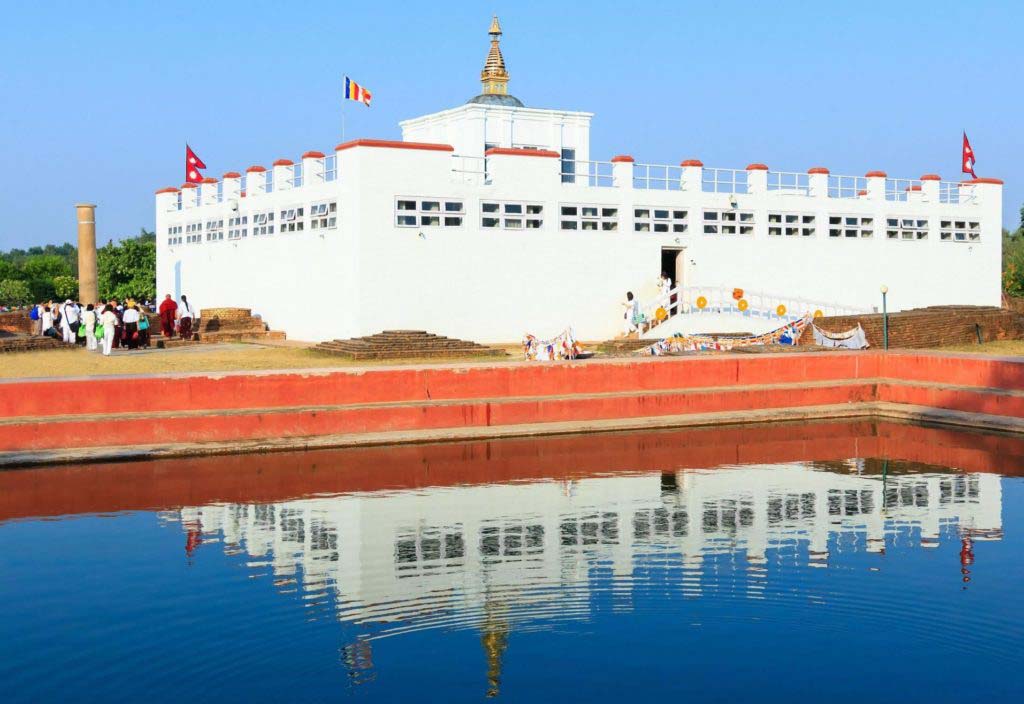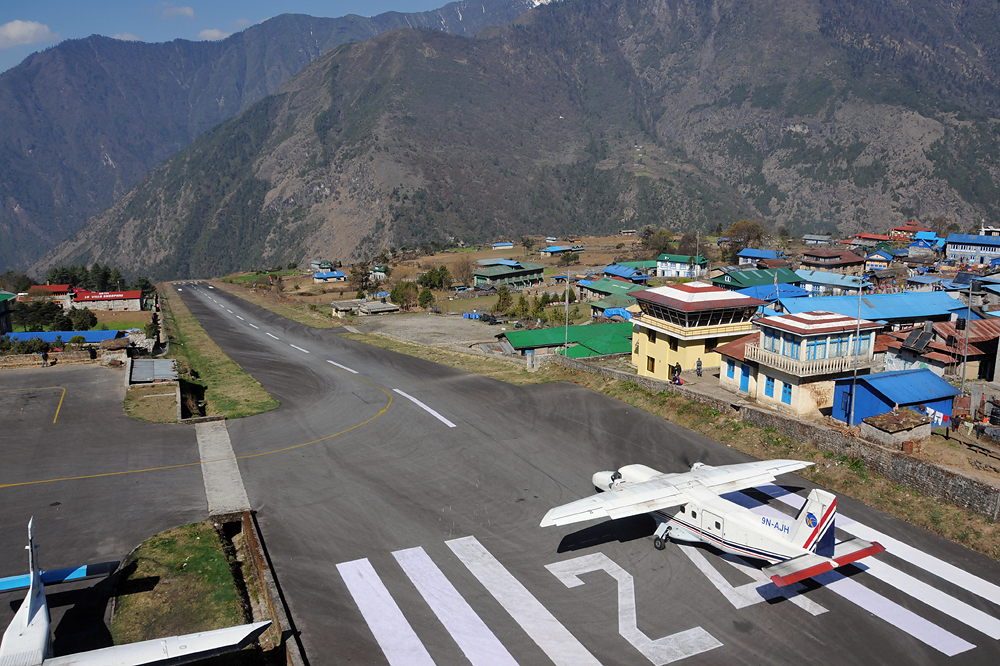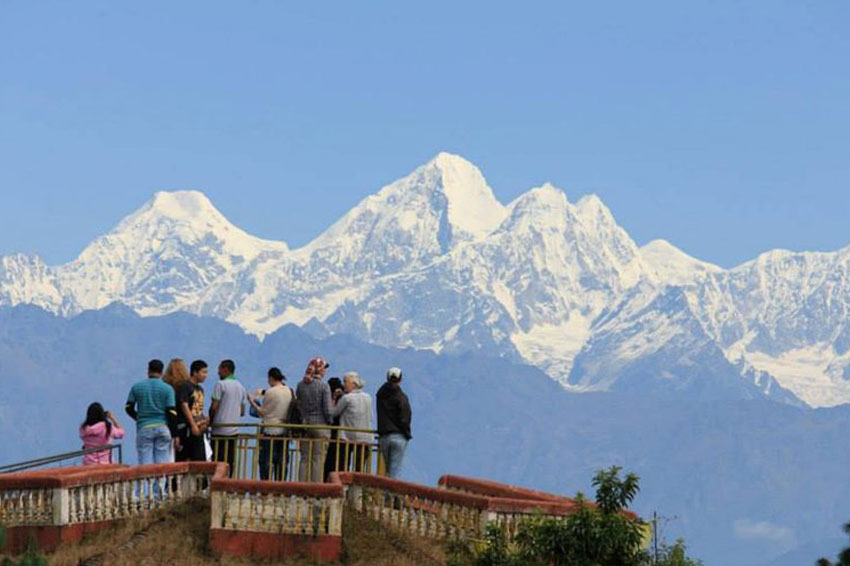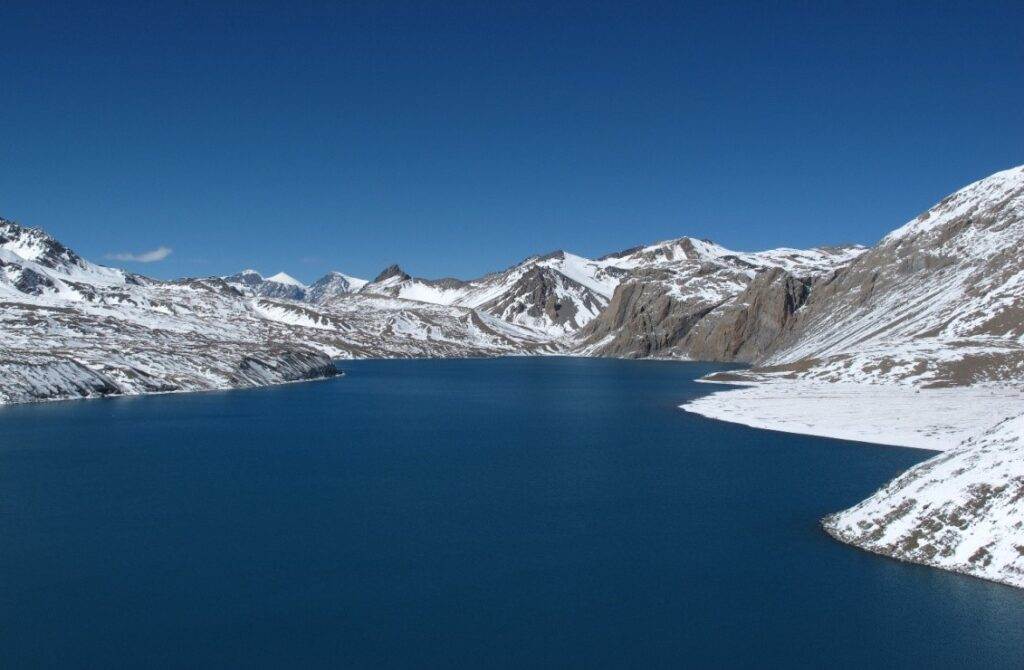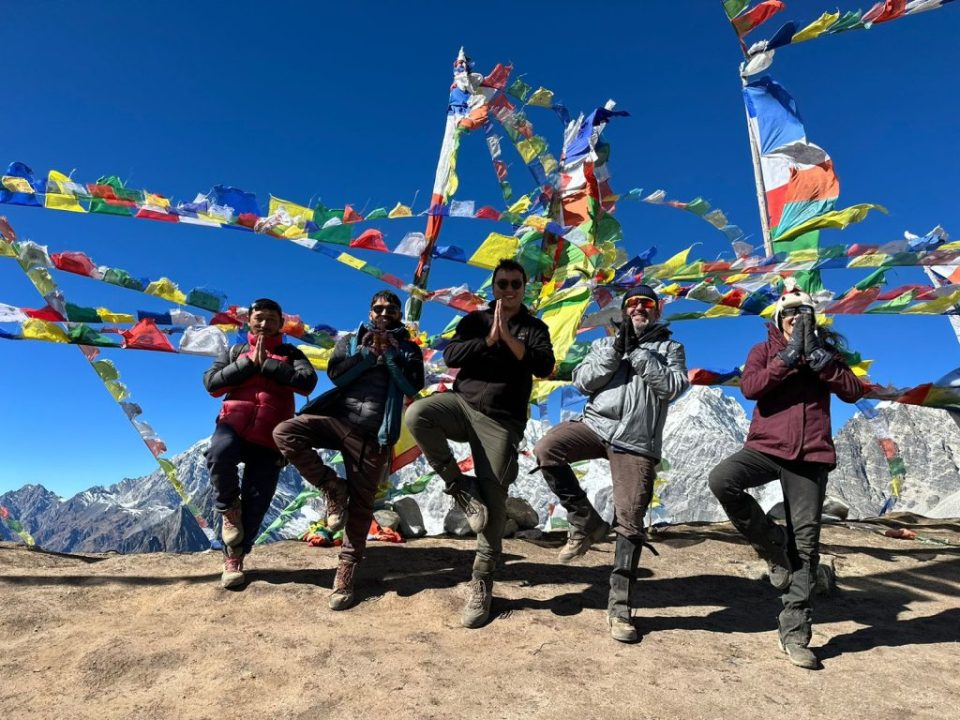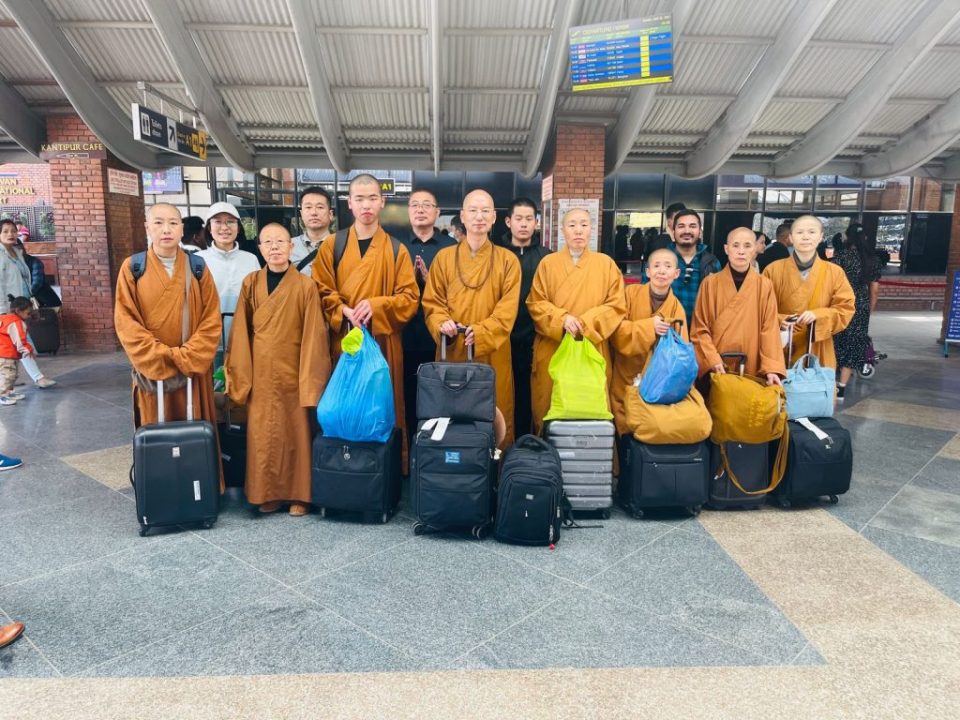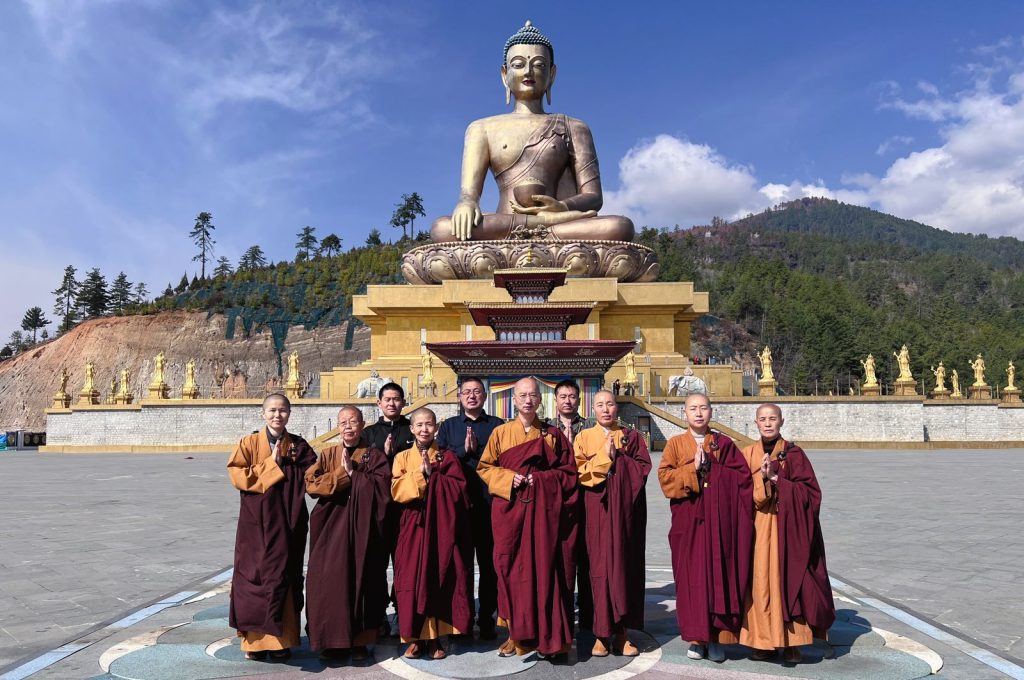Die pharaonischen Symbole, insbesondere jene des Sonnengottes Ra, durchdringen bis heute die Kultur und Präsentationen der Gegenwart – nicht zuletzt im digitalen Raum. Vom alten Ägypten bis zu modernen Medien wie dem Spiel Book of Ra™ Deluxe spiegelt sich die ewige Macht dieser Zeichen in Symbolik, Ästhetik und Bedeutung wider.
1. Die pharaonischen Symbole in der modernen Welt
Im Herzen stand der Pharao stets als göttlicher Mittler zwischen Mensch und Gott. Seine Stellung verkörperte nicht nur politische Herrschaft, sondern eine heilige Ordnung, die durch Symbole wie Ra, Hieroglyphen und Obelisken sichtbar gemacht wurde. Diese Zeichen galten als Ausdruck göttlicher Legitimität und zeitlosen Einflusses.
1.1 Die ewige Bedeutung des Pharaos als göttliche Figur
Der Pharao war mehr als Herrscher – er wurde als Inkarnation göttlicher Macht gesehen. Er stand im Zentrum eines kosmischen Gleichgewichts, das Leben, Tod und Wiedergeburt einschloss. Diese Symbolik findet sich heute in modernen Marken, Filmen und Spielen wieder, wo er als Ikone unantastbarer Autorität wirkt.
2. Das heilige Ra-Observatorium: Von Obelisken zur digitalen Ästhetik
Der Sonnengott Ra stand im Zentrum der ägyptischen Kosmologie als Urquelle allen Lebens. Obelisken, die als Ehrzeichen des Re dienten, waren nicht nur architektonische Meisterwerke, sondern lebendige Symbole der ewigen Sonnenenergie.
2.1 Obelisken als Ehrenzeichen des Sonnengottes Ra – Funktion und Symbolik
Obelisken waren hoch aufragende Steinsäulen, die in Tempeln und Pyramidenkomplexen errichtet wurden. Sie richteten den Blick nach oben – zur Sonne, zum Lebensspender und göttlichen Fürst. Ihre Spitze, oft vergoldet, sollte den Sonnenstrahl greifbar machen.
2.2 Moderne Nachahmung: Ra in Book of Ra™ Deluxe – Sonnenmetapher im Spiel
Das beliebte Spiel Book of Ra™ Deluxe greift diese ägyptische Ästhetik auf: Der Sonnenkreis, die Hieroglyphen und die ikonische Pharaonen-Figur sind nicht nur optisch prägnant, sondern tragen tiefere symbolische Gewichte. Der „Ra-Auftritt“ im Spiel ist eine moderne Verneigung vor der alten Macht – ein Symbol für Glück, Entdeckung und mystische Tiefe.
3. Bier, Macht und Göttlichkeit: Brauchtümer der Pharaonenzeit
In der Lebenswelt der Pharaonen spielte Bier eine zentrale Rolle – sowohl als Nahrung als auch als rituelles Getränk. Gerste, die Hauptzutat, wurde nicht nur gebraut, sondern auch als Opfergabe dargebracht.
3.1 Die Rolle des Barleys als Grundnahrung und Brauzutat – Alltag und Ritual
Gerste war die erste Nahrung der ägyptischen Bevölkerung. Aus ihr entstand nicht nur Brot, sondern auch Bier – ein Lebenselixier, der in Tempeln und bei Festen zeremoniell verwendet wurde. Das Brauen war oft mit göttlichen Segnungen verbunden, da die Göttin Nekhbet oder Isis als Schutzpatroninnen der Mälzer galten.
3.2 Verbindung zwischen Ernährung, Macht und göttlichem Anspruch
Die Kontrolle über Getreideproduktion und Bierherstellung bedeutete Macht. Pharaonen legitimierten ihre Herrschaft nicht nur durch Kriege, sondern durch die Versorgung ihrer Untertanen – besonders durch die Sicherstellung von Nahrung und ritueller Getränke. So wurde der Pharao zum Garanten von Wohlstand und göttlichem Segen.
4. Pharaonen als lebendige Götter: Mythos und kulturelle Wirkung
Die Pharaonen galten als „Götter auf Erden“. Ihre Darstellung in Statuen, Reliefs und Hieroglyphen war stets idealisiert und symbolisch aufgeladen – sie verkörperten die kosmische Ordnung Ma’at.
4.1 Die göttliche Legitimation der Herrschaft – Ein Symbol für unantastbare Autorität
Durch ihre Verbindung mit Göttern wie Ra erhielten Pharaonen eine sakrale Autorität. Ihr Bild wurde in Monumenten und Kunstwerken so gestaltet, dass sie als zeitlose, unvergängliche Herrscher erscheinen – ein Paradebeispiel für Macht durch Symbolik.
4.2 Heutige Rezeption: Von Spielautomaten bis zu Film- und Gaming-Imagery
Die mythische Kraft der Pharaonen lebt heute fort – etwa in Medien und Spielen. Book of Ra™ Deluxe ist ein Paradebeispiel dafür: Es vereint die ägyptische Ästhetik mit moderner Unterhaltung, wobei Sonnenmetaphern, Hieroglyphen und Pharaonenfiguren das Spielprinzip prägen.
5. Book of Ra™ Deluxe als modernes Kultursymbol
Das Spiel ist mehr als Unterhaltung – es ist ein lebendiger Kanal für pharaonische Symbole. Es verbindet Tradition und Innovation, indem es den Sonnenkult Ra in Form von Gewinnlinien, symbolischen Motiven und einer fesselnden Story erzählt. Die visuelle Ikonografie zieht Spieler in eine Welt, in der Antike und Moderne verschmelzen.
- Der Sonnenkreis als zentrales Symbol steht für ewige Kraft und Erneuerung.
- Hieroglyphen und Pharaonenfiguren verleihen dem Spiel eine authentische, mythische Tiefe.
- Dieses Zusammenspiel zeigt, wie kulturelle Symbole über Jahrtausende lebendig bleiben.
6. Tiefgang: Die tieferen Schichten pharaonischer Symbolik
Pharaonische Symbole arbeiten auf mehreren Ebenen: Sie verbinden Vergangenheit und Gegenwart, sie erzählen Mythen von Leben, Tod und Auferstehung – Themen, die in jedem Spiel wie Book of Ra™ Deluxe zentral sind. Die Zahl 3 etwa, die sich in Gewinnlinien, Pharaonen und Welten wiederfindet, symbolisiert die heilige Dreiteilung von Himmel, Erde und Jenseits.
6.1 Die Zahl 3 als heilige Ordnung – Drei Gewinnlinien, drei Pharaonen, drei Welten
Diese Zahl spiegelt eine kosmische Harmonie wider: Die drei Welten – Himmel, Erde und Unterwelt –, drei Pharaonen in der göttlichen Linie, drei Gewinnwege im Spiel – sie alle bilden ein stimmiges Ganzes, das Ordnung und Balance verkörpert.
6.2 Die ewige Wiederkehr: Leben, Tod, Auferstehung in Spiel und Mythos
Das Spiel thematisiert den ewigen Kreislauf, der im ägyptischen Glauben zentral war: Tod als Vorbereitung auf Wiedergeburt. Diese Vorstellung zieht sich durch Mythos und Spielmechanik, macht das Erlebnis tiefgründig und emotional nachvollziehbar.
6.3 Die Funktion von Symbolen als Brücken zwischen Vergangenheit und Gegenwart
Symbole wie Ra oder der Sonnenkreis sind nicht nur historische Relikte. Sie sind lebendige Träger kultureller Identität, die Identität stiften und vermitteln. In Book of Ra™ Deluxe erfahren Spieler nicht nur Unterhaltung, sondern einen Zugang zur ägyptischen Kultur – vermittelt durch vertraute Bilder und Geschichten.
7. Fazit: Pharaonische Symbole als zeitlose Sprache
Antike Zeichen wie Ra und ihre Symbole entfalten bis heute eine faszinierende Kraft – besonders im digitalen Raum. Book of Ra™ Deluxe ist ein überzeugendes Beispiel dafür, wie kulturelle Ikonen in moderne Medien übersetzt werden, ohne ihren tiefen Sinn zu verlieren. Die Symbole fungieren als Kraftquellen für Identität, Glauben und Unterhaltung.
Die ewige Wiederkehr von Leben, Tod und Erneuerung, die Zahl 3 als heilige Ordnung und die ikonische Macht des Sonnenkults zeigen, warum ägyptische Symbole auch im 21. Jahrhundert faszinieren. Sie verbinden Vergangenheit und Gegenwart – und machen die Pharaonen nicht nur zu Figuren aus der Geschichte, sondern zu lebendigen Gestalten der Gegenwart.
Book of Ra Deluxe RTP
Tiefgang: Die tieferen Schichten pharaonischer Symbolik
Die Bedeutung der Zahl 3 reicht weit über Zahlenfolgen hinaus. Sie steht für die Heiligkeit der Dreiteilung: Himmel, Erde und Jenseits, drei Welten, drei Pharaonen, drei Gewinnlinien – ein Muster, das Kosmos und menschliches Schicksal widerspiegelt. Diese Ordnung gibt dem Spiel nicht nur Struktur, sondern auch spirituelle Tiefe.
Die Zahl 3 als heilige Ordnung – Drei Gewinnlinien, drei Pharaonen, drei Welten
Diese dreifache Struktur spiegelt die ägyptische Weltsicht wider: Vom Himmel über die Erde bis ins Jenseits – eine klare Ordnung, die Macht und Glaube vereint. Im Spiel wird sie zu einem Mechanismus, der Spieler in eine heilige Ästhetik eintauchen lässt.
Die ewige Wiederkehr: Leben, Tod, Auferstehung in Spiel und Mythos
Das Spiel greift den universellen Zyklus von Werden, Vergehen und Wiederkunft auf – ein Thema, das in ägyptischen Mythen zentral ist. So wird das Erlebnis mehr als Glücksspiel: Es wird zu einer symbolischen Reise durch Zeit und Spiritualität.
Die Funktion von Symbolen als Brücken zwischen Vergangenheit und Gegenwart
Durch die Verwendung ägyptischer Symbole wie Ra, Hieroglyphen und des Sonnenkreises schafft Book of Ra™ Deluxe eine kulturelle Verbindung. Spieler erfahren nicht nur Unterhaltung, sondern einen lebendigen Bezug zu einer Zivilisation, die bis heute inspiriert.
Pharaonische Symbole sind somit nicht nur historische Artefakte – sie sind zeitlose Sprachen der menschlichen Seele. Ihre Kraft liegt in der Fähigkeit, Identität zu formen, Geschichten zu erzählen und Brücken zwischen Generationen zu bauen.
„Die Symbole des Pharaos leben fort – nicht als Relikte, sondern als lebendige Zeichen der Ewigkeit.“


